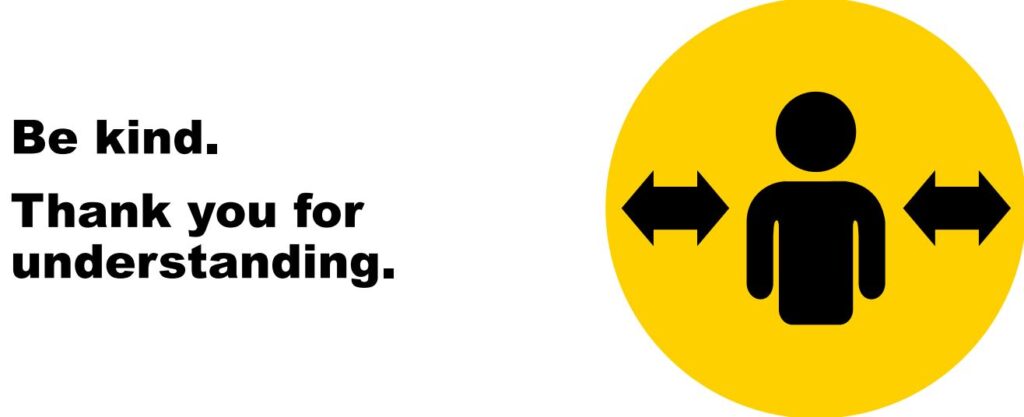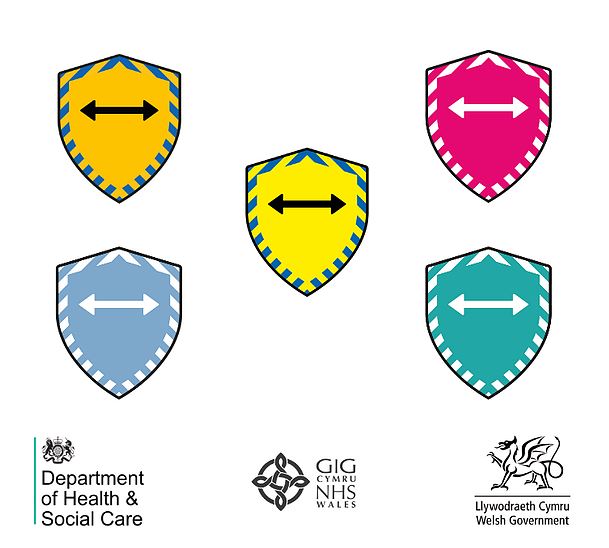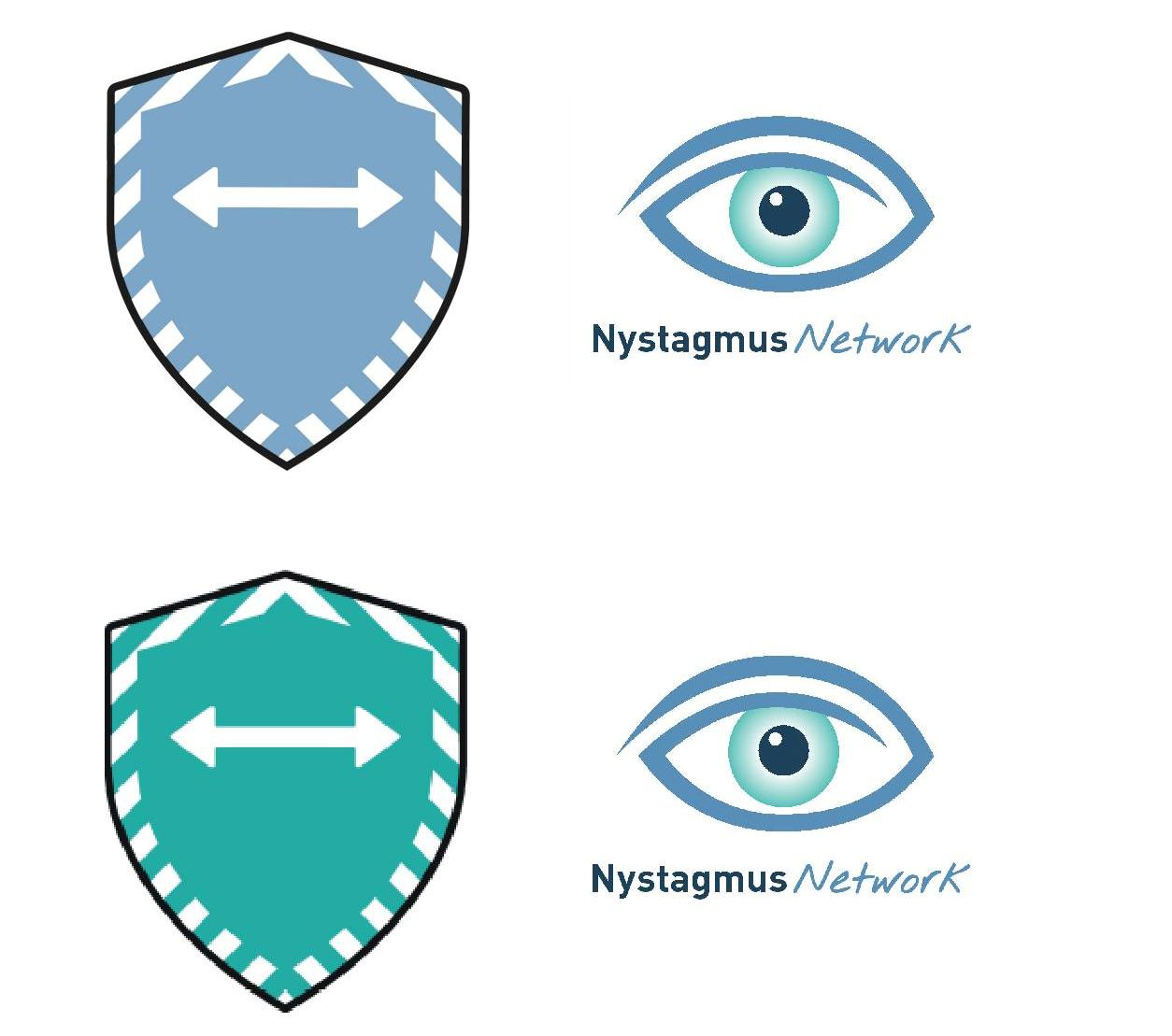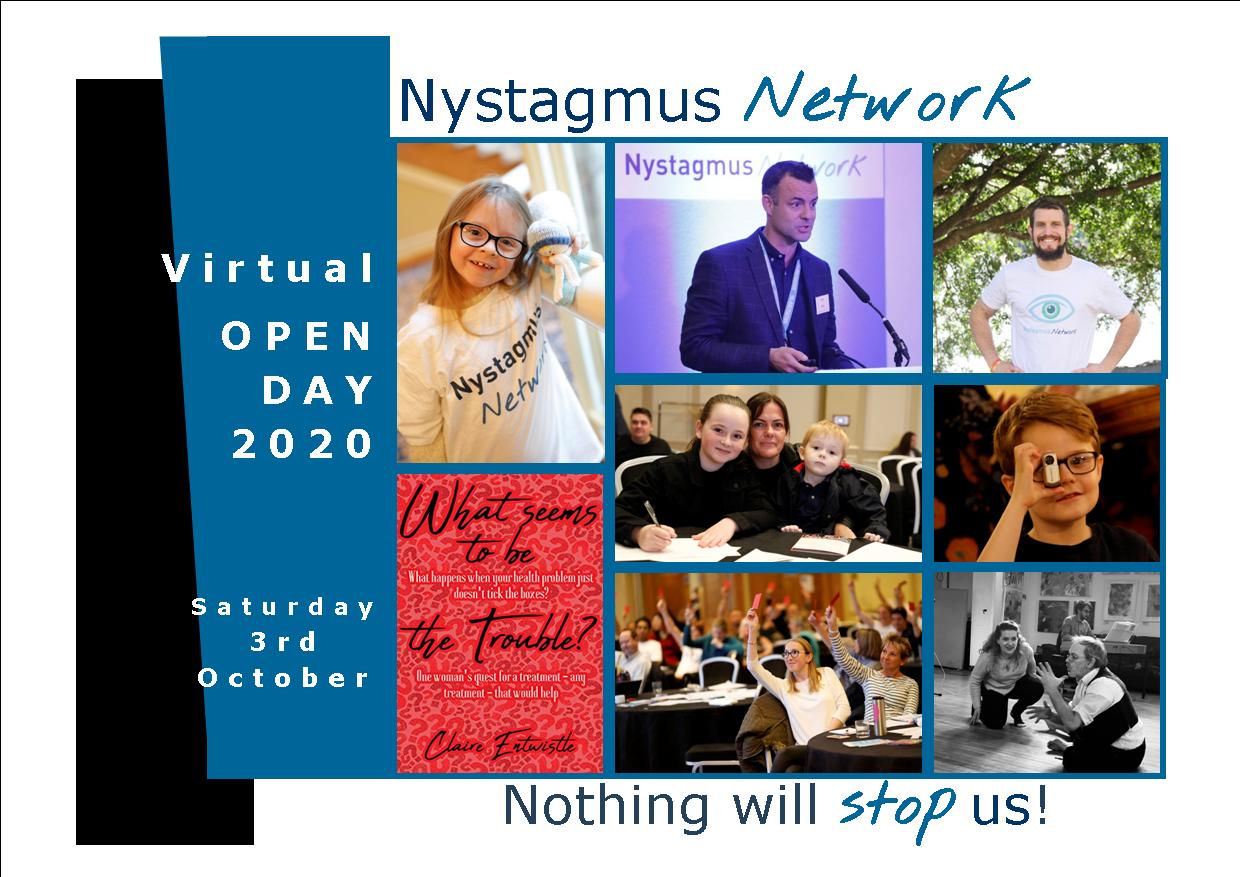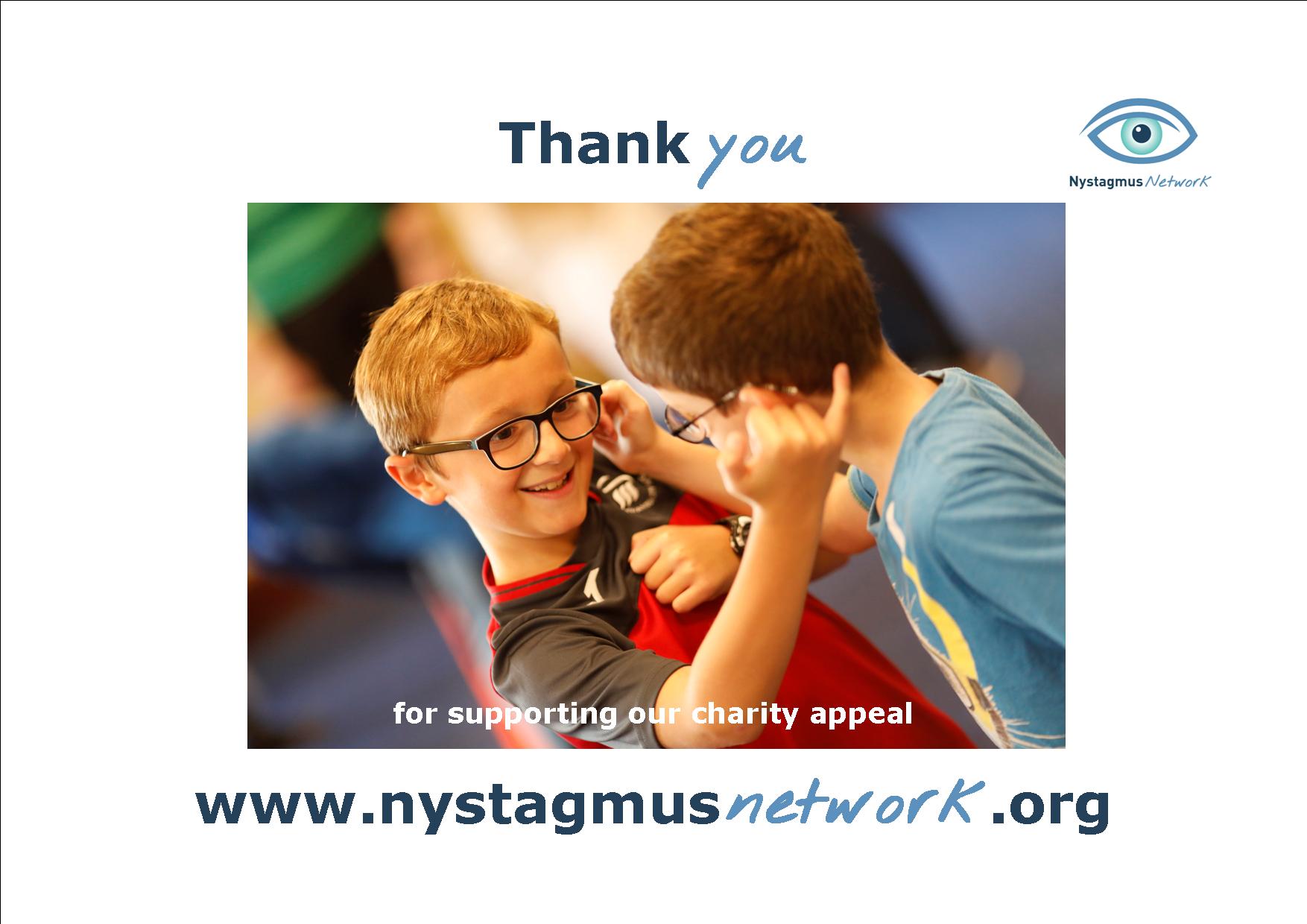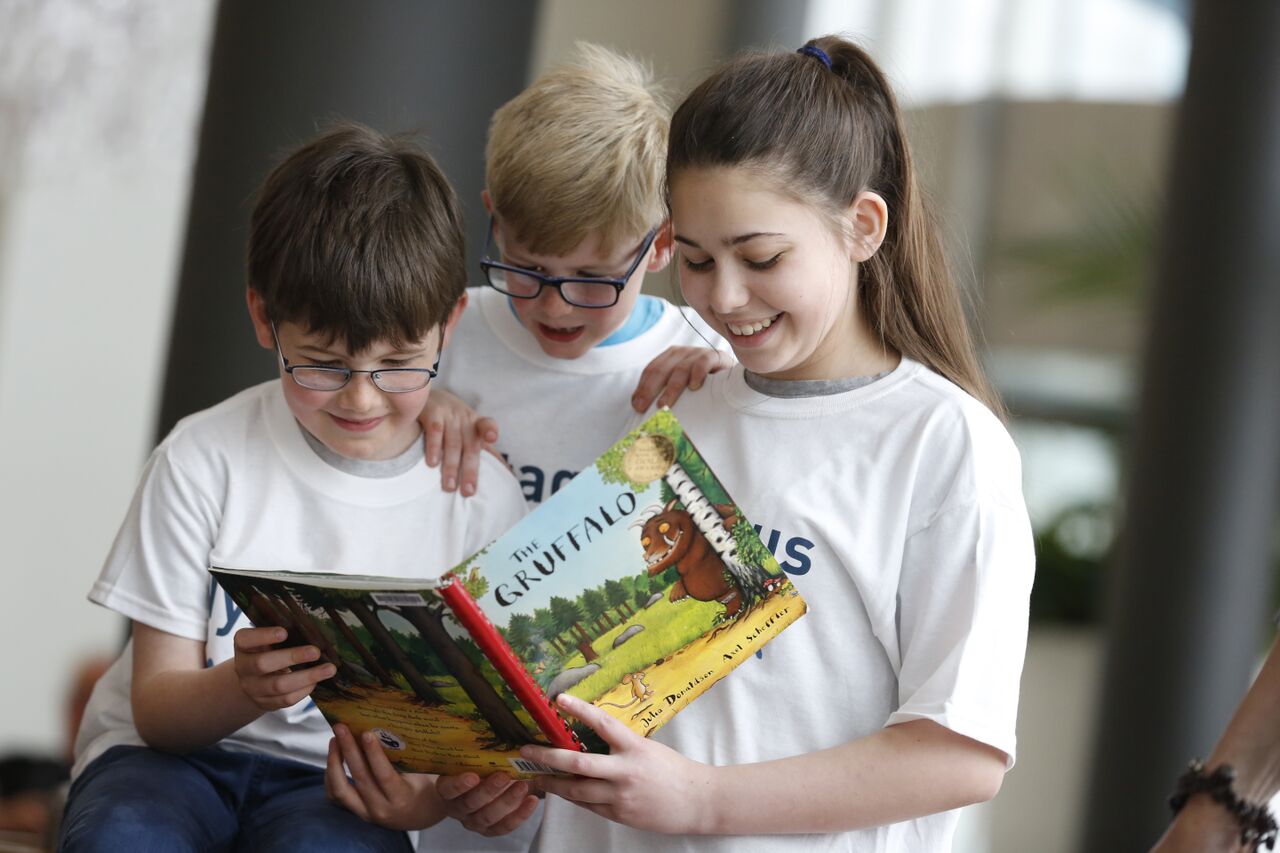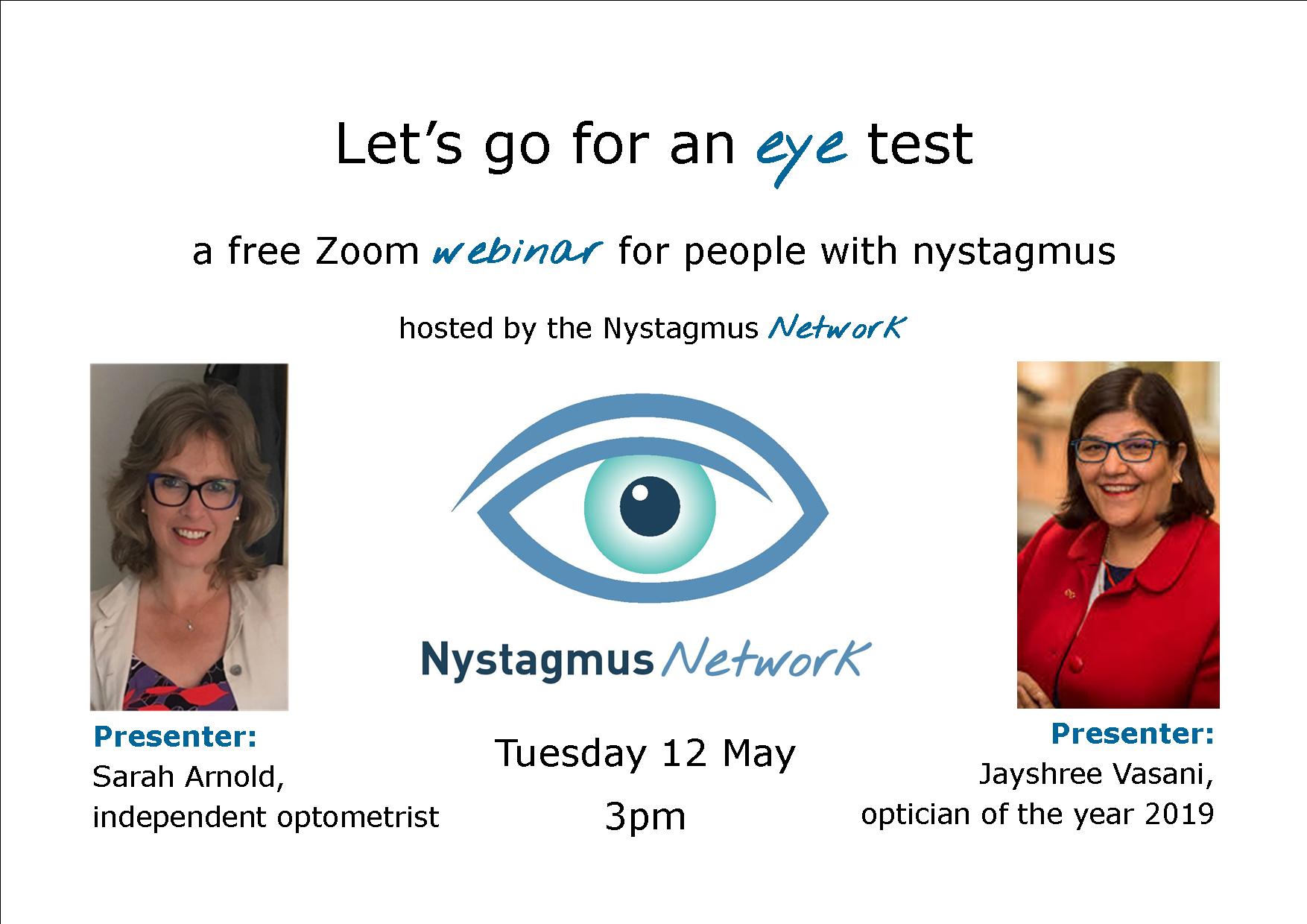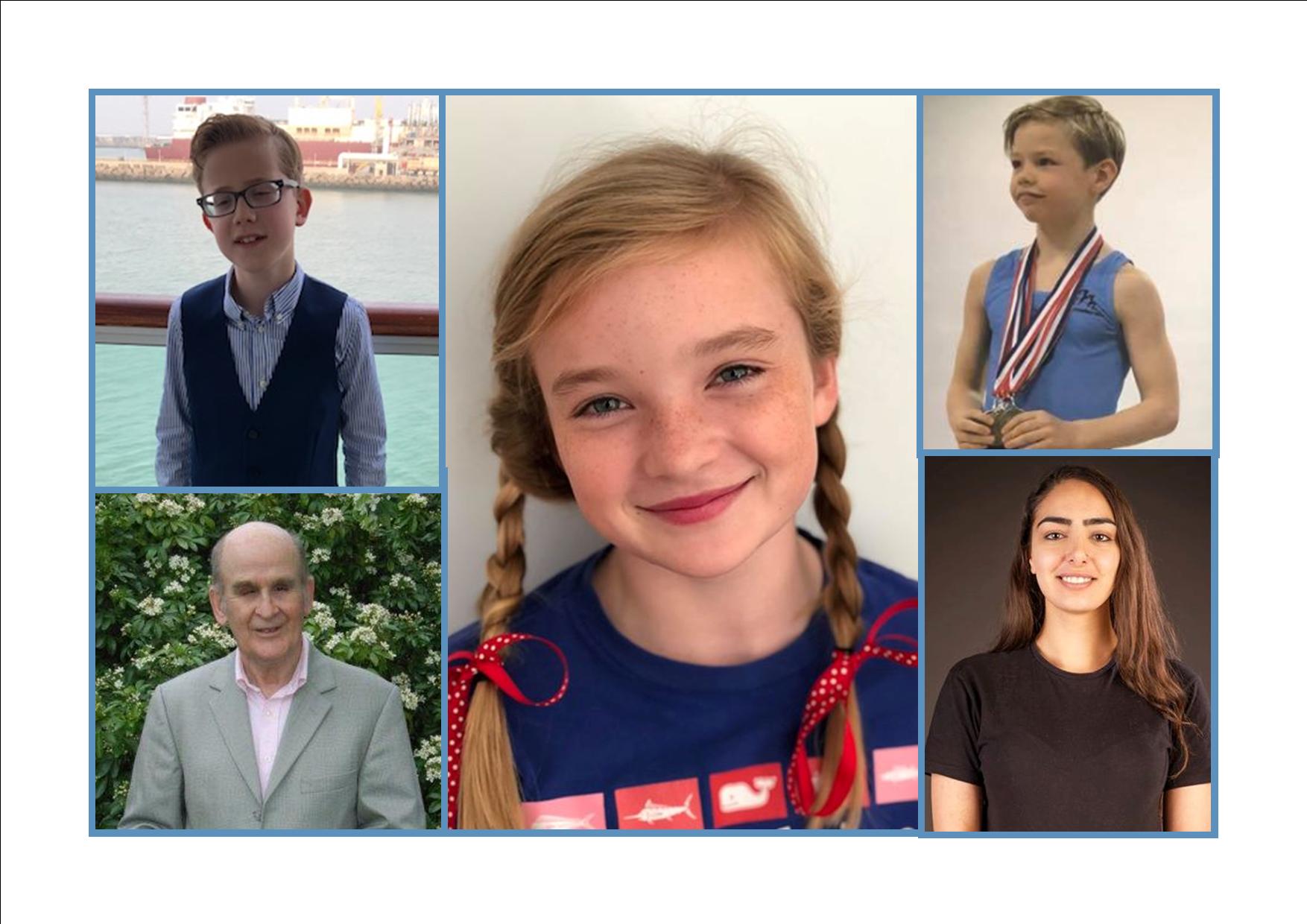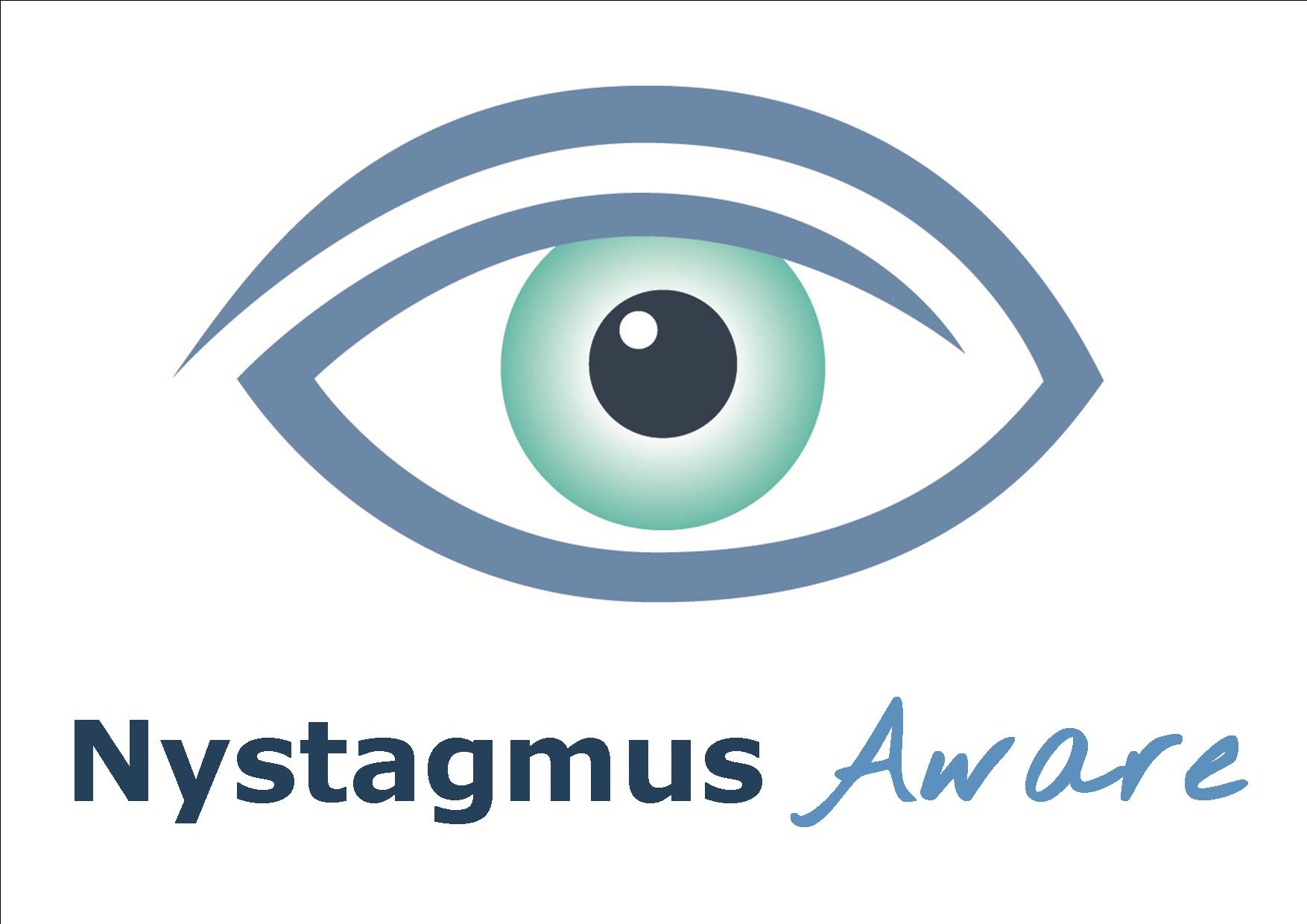In this Guest Post, Neil writes about his experiences of lockdown as a visually impaired person.
I’m registered partially sighted and diagnosed with nystagmus and ocular albinism from birth. Both conditions will never improve, but fortunately will never get worse either, so I’m told.
Basically, I’m extremely short sighted and on a good day (with the correct lighting) I can clearly recognise a person’s facial features and movements from about two feet away. Any further and people just become a blurry shape. I also have very limited depth perception so cannot see stairs, pavement edges or judge distances.
When the pandemic started in early March, I began to feel more anxious about catching the virus myself and passing it to my fiancee, who had just come out of hospital. At this stage I wasn’t really thinking about how it would affect me from my disability standpoint.
Each day I was travelling on the train to work. I was getting more and more worried about taking the virus home with me. On 18 March it was announced that schools would be closing and all staff would be working from home. That announcement was such a huge relief for me; my fiancee was still recovering and the thought of her or the kids catching this virus terrified me.
A few days later I was called by work and advised that we would each be working a day in school on a rota basis, as our school would be providing childcare provision for key workers.
I can’t describe the sheer panic that I felt during that phone call. By this time, we had isolated ourselves as a family and were happy to live that way for the foreseeable future, risk free. Now I was faced with the prospect of venturing out of the house. This is the first time I can recall thinking about how I was going to cope without being able to see other people clearly.
The first journey was nerve racking, to say the least. However, when the bus pulled in, I did feel a small sense of accomplishment. The train journey home was helped by the fact that I was the only person travelling in a carriage, so my anxiety about being close to others didn’t really come into play.
As the weeks have gone by my anxiety levels have diminished. I certainly feel a little braver when I leave the house for work each time. But those anxieties never really leave you.
The next big issue for me was leaving the house for shopping. The first few weeks of lockdown, our daughter was happy enough to pop to the local shop at quiet times for the essentials. We knew this would have to change as we were slowly eating our way through the supplies in our chest freezer. This is when my second major pang of anxiety kicked in. How can I maintain a social distance from others when I can’t see them clearly and have no idea how close they are to me?
My fiancee and daughter went shopping a few times to quieter supermarkets, but I felt more and more guilty that I wasn’t able to assist with this. So I made the stubborn decision. I was going to brave a walk across the road to the shop on my own.
My fiancee is so supportive of me and knows that when I’ve got my “I’m doing this for my own self confidence!” head on, its best to leave me to it. So I arrived at the front of the store, disabled lanyard on, white symbol cane in my hand. I could make out a massive queue of people stretching around the corner and had no idea of where to go / what to do. The staff there are extremely helpful, but even so I came close to a few people and was told in no uncertain terms I was too close and what was I thinking of. It was a nerve-racking experience.
I’ve always relied on being able to pick items up, check labels to ensure I’m buying the right thing. This was now not allowed. I opted for the easy way out that day and picked up a few things I already knew the locations of. Thank goodness they didn’t change the layout that day.
When I got to the till I started to panic again. What do I do? Where do I stand? Then I heard a familiar voice call my name. It was someone I knew. I was saved! Since that day I’ve been shopping with the family on numerous occasions, but I always feel more of a hindrance than a help, because I can’t social distance. I’ve raised many an angry eyebrow by nearly bumping into people in shop doorways and aisles.
COVID-19 has presented us all with so many life-changing challenges and experiences and I hope I’ve been able to give you a small insight (no pun intended) into what it’s like for a person with a visual impairment.
I would encourage everyone to share their experiences during this pandemic, because by sharing we are hopefully helping others to understand and make life that little bit easier for people who have found themselves less able to be self-reliant over the past few months.
Stay safe everyone!
